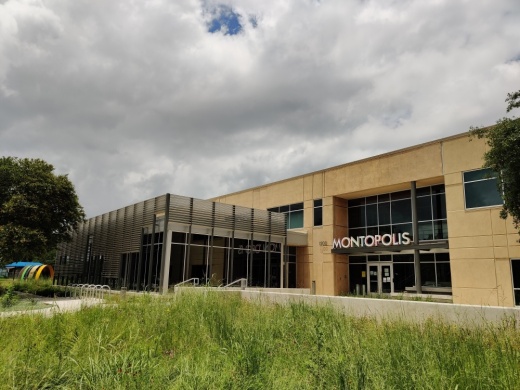Austin was awarded a $600,000 grant from the U.S. Environmental Protection Agency in May for reviews and cleanups at city brownfields, underused properties that are not providing community benefits due to fears of the presence of asbestos, lead or other pollutants on the sites. This year's brownfields grant is the city's fifth, adding to the more than $2.3 million Austin has received for brownfields programming since 2007, and is one of 98 selected by the EPA out of more than 300 submissions nationwide.
“The program is designed to empower cities and other stakeholders to prevent, assess, safely clean up and sustainably reuse brownfields. And this process, in turn, helps to address economic, environmental, public health and social issues associated with brownfields," said Alphea Foster, EPA's brownfields section chief for the South Central U.S.
Locally, Austin's Brownfields Revitalization Office is tasked with assessing brownfields and conducting cleaning and restoration operations across affected buildings, groundwater and soil. Following that office's review, such sites can be opened to redevelopment for uses ranging from housing to a community gathering space without lingering environmental concerns.
"It could be a vacant building that was built in the 1970s ... or it could be a corner gas station that has been sitting vacant and idle and it’s not serving the community. It could be an old dry cleaner," said Roslyn Kygar, Austin's brownfields program coordinator. "It’s pretty much any property or building where there are potential contaminants that are hindering or preventing redevelopment or revitalization. And our goal is to get those properties back into use in the community.”
EPA representatives said the city was again chosen as a recipient this year due in part to its past history of success working with brownfields—Foster said Austin's leveraging of federal brownfields funding "far exceeds" the national average—and given how the current spending proposal could affect the city's neighborhoods and finances.
"We look past the project itself to the outcomes of that project. So, quality of life improvements, crime reduction, health benefits," said Denise Williams, project manager for the EPA's South Central brownfields program. "Austin itself, because of its incredible growth, is spending a great deal of money when they clean up a site to give their citizens new living arrangements, new jobs, locations for jobs. ... That ultimately ends up in an increase in tax revenue for the city."
Kygar said the city's brownfields office typically partners with nonprofits and community developers who have tabbed a potentially contaminated or vacant property in their area for review. The city then examines a site's usage history and collects samples at the property before developing cleanup plans, if necessary. Dozens of brownfields have been assessed or cleaned up by the city in recent years, with reviews resulting in projects such as the reconstruction of the Montopolis Recreation and Community Center and the Salvation Army's Tannehill Lane emergency shelter.
Kygar said actions taken through Austin's last EPA brownfields grant secured in 2017 helped spur the redevelopment of more than 20 properties in the city. That work also supported the addition of more than 500 affordable housing units, a focus she said will continue with a partnership between the city, Austin Housing Coalition and Austin Housing Finance Corporation this year.
“The new grant is geared toward affordable housing in Austin. It’s going to allow us to continue providing those services that we’ve done with our previous grants and to assist Austin community developers and nonprofits," Kygar said. "We also assist community gardens, small businesses and projects that provide green space."
Several of the priority East Austin locations to be assessed through the new grant funding were not directly identified by the city or EPA, and the site list includes:
- A former recycling facility
- A former processing plant
- A 19-acre former Home Depot and car dealership site
- A 5.4-acre undeveloped site next to a landfill
- The 3.2-acre Escuela Nueva site, a former auto repair facility and current preschool
- Two underutilized sites on Tillery Street and Thornton Road to be developed as multifamily housing
“Revitalizing properties and buildings brings value to the community, kind of lessening and easing some uncertainties that people have about environmental contamination in spaces or buildings," she said. "And then, also just letting residents know that when you’re out and about in the community and you see that there’s a property that’s in a great location and you wonder, ‘Why is this property sitting there vacant or not being utilized?’ That there is this program."





